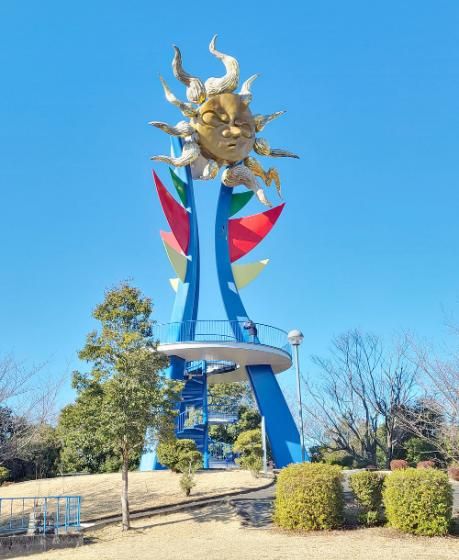A remarkable new exhibition at the Quai Branly Museum invites the public to discover or rediscover Tarō Okamoto, painter and sculptor, one of the most unique pioneers of Japanese avant-garde art in the 20th century. Long overlooked in France, this multidisciplinary artist is now the subject of a retrospective that spans four decades of a rich and prolific body of work—at the crossroads of art, ideas, and a reinvented Japan.
An immersive journey through art, ethnology, and philosophy
Born in Japan, Tarō Okamoto arrived in Paris in 1929 at the age of 18. He quickly immersed himself in European intellectual and artistic circles, particularly among abstract and surrealist movements. His time at the Musée de l’Homme, where he studied ethnology under Marcel Mauss and Paul Rivet, had a profound impact on his artistic approach. He also became close to Georges Bataille and joined the secret society Acéphale, where art, mysticism, and politics intertwined. This unique background fueled a radical body of work, rooted in Japanese heritage yet deeply open to Western modernity. Painting, sculpture, photography, writing—Okamoto constantly pushed the boundaries between disciplines.
A central figure of Japanese modernity
Upon returning to Japan in 1940, during a time of political and social upheaval, Okamoto quickly emerged as a key figure on the artistic scene. In a country undergoing reconstruction, he embodied a spirit of innovation and rupture, bringing together many young artists around him. His commitment to a vibrant, experimental popular culture placed him at the heart of the avant-garde movements of the 1950s to 1970s.
The Tower of the Sun: highlight of the exhibition
The highlight of the exhibition, set within the stunning spaces of the Quai Branly – Jacques Chirac Museum, is undoubtedly the focus on the Tower of the Sun, a monumental work created for the 1970 World Expo in Osaka. A true artistic manifesto, this gigantic sculpture housed an immersive installation blending masks, statues, and mystical symbols. It embodies the culmination of Okamoto’s vision: an art that is alive, free, and deeply human.
An essential rediscovery for the French public
Through a dynamic scenography, the exhibition offers a unique dialogue between Tarō Okamoto’s works and the museum’s permanent collections. It provides French audiences with a rare opportunity to grasp the significance of this artist in the history of modern art—between Japanese tradition, surrealist influence, and social engagement.
What are you waiting for? Book your ticket and travel to Japan without leaving the City of Light!
Until September 7, 2025. Tuesday to Sunday, 10:30 a.m. to 7 p.m. Late night opening on Thursdays until 10 p.m. Closed on Mondays.
Photo ©Creative Commons


